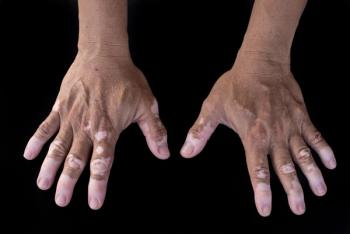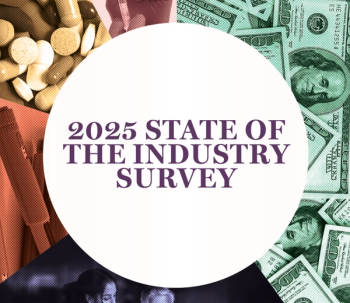
- Vol 29 No 9
- Volume 29
- Issue 9
Top 6 Things Health Execs Need to Know About LinkedIn
How to make your LinkedIn profile stand out and work for you.
LinkedIn is a business networking site that boasts more than 590 million professionals. This is a prime piece of real-estate for all industries, including healthcare.“First of all, it allows you to showcase your background, experience, and credentials as well as the kind of person you are,” says Shelly Elsliger, a globally recognized LinkedIn trainer, coach, speaker, and President of Linked Express, a LinkedIn Coaching company located in Toronto, Ontario, Canada. “Relationship building is very important and we have no choice to be effectively doing it also online.”LinkedIn is key to keeping up on industry news and being recognized as a leader in the field, according to Elsliger. “It also helps to increase your visibility,” she says. “Kevin Pho, MD, is a great example of a healthcare professional who proactively uses LinkedIn and believes strongly in the power of LinkedIn as a platform to share his insight, knowledge, recommendations, career advice as well as a space to bring his stories to life so he can also be seen as a leader in his field online.”Consumers or career?Should LinkedIn be used to leverage your professional career or build relationships? It can be tailored for both, according to Elsliger.“LinkedIn is a great way for healthcare executives to show their human side and connect with their patients,” Elsliger says. “It is the perfect space for you to represent your brand and your practice. You can also easily follow and support patients and also engage with them by writing articles/posts that could clearly be important and relevant to them. LinkedIn is a great way to show credibility and likability-two important characteristics in building relationships. It is also a platform that lends itself to the Art of Reciprocity-mutual kindness and support goes far on LinkedIn.”Furthermore, Elsliger says, collaboration and reciprocity are two of the best ways to get noticed and remembered on LinkedIn.“Having a presence on LinkedIn can ultimately lead to partnerships, job offers, research, interaction, exchange of information, and project collaboration,” she says. “Sixty-six percent of jobs are found passively on LinkedIn; so, having an optimized LinkedIn profile easily discovered by recruiters, medical industry leaders, and other healthcare professionals, could ultimately potentially lead to future professional success and advancement.”There are six things that healthcare executives should keep in mind about LinkedIn, according to Elsliger:
Articles in this issue
about 6 years ago
Making the Most of Predictive Analyticsabout 6 years ago
How to Prepare for Leadership Changesover 6 years ago
Top Women’s and Men’s Cancer Treatment Developmentsover 6 years ago
6 Strategies for Your Hospital Readmissions Reduction Programover 6 years ago
Drug Shortages Continue to Burden Healthcareover 6 years ago
Finding-and Keeping-Good Employeesover 6 years ago
Featured Exec John Baackes, CEO of LA Care Health Planover 6 years ago
Life-Altering Gene Therapy Pipeline Poses Challengesover 6 years ago
The Future of Healthcare Leadershipover 6 years ago
Do Certificate-of-Need Laws Still Make Sense in 2019?Newsletter
Get the latest industry news, event updates, and more from Managed healthcare Executive.






















































